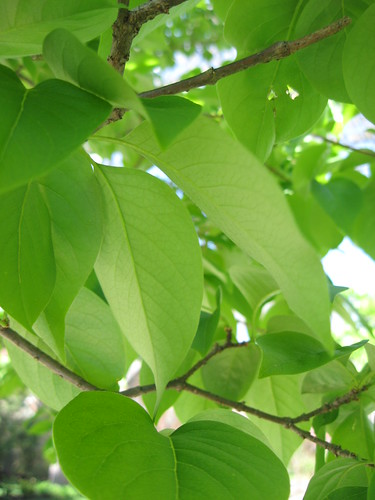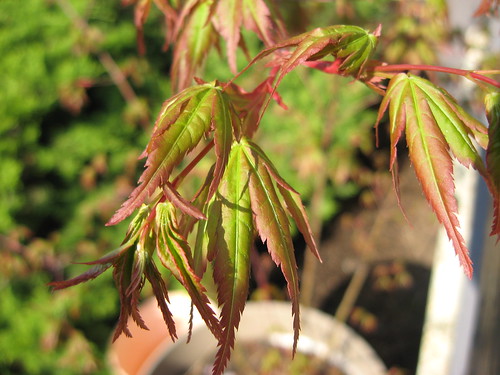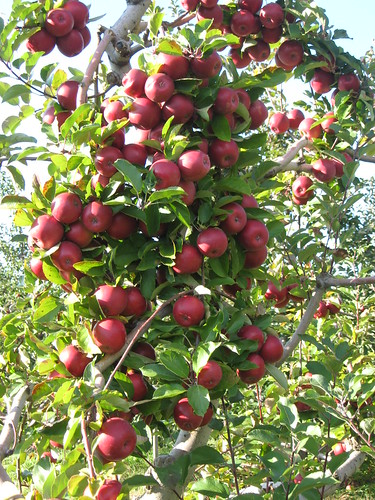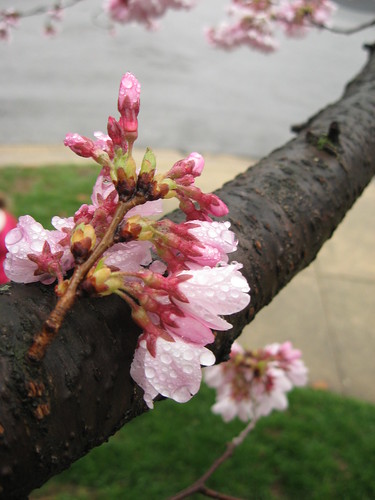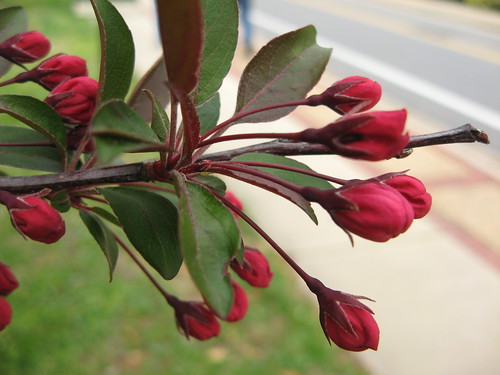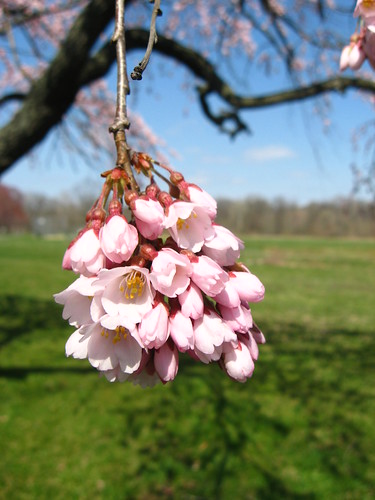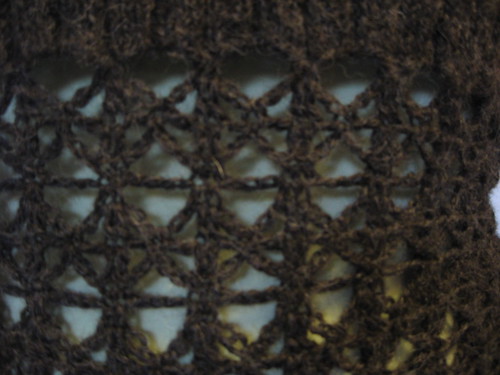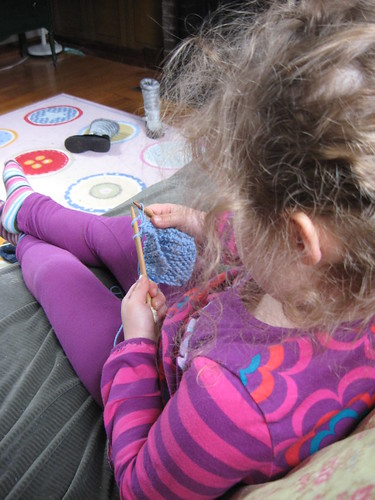This was my fault, really. Michael and I inherited some really ugly hotpads from a friend a couple of moves ago. They were the ones that make me wince – acrylic, with plastic in-between to hold it stiff. Done is some ugly colors.
Now I’ve known from an early age that hotpads should never be acrylic, for the same reason acrylic isn’t good for anything that might be exposed to heat. It melts, and actually can catch fire, and when that plastic gets on skin, it sticks, and melts into you. I once actually got rather badly burned on my leg because I got a piece of burning plastic stuck to me. It took a long time to heal.
So I’ve always kept these “hotpads” away from the ones that you use to get things out of the oven, and in fact, had always stashed them away where someone wouldn’t get themselves into trouble using them. I really couldn’t bear to throw them away… after all, they represented somebody’s hard work, but I really didn’t want to use them either. However, in the last move Michael was the one unpacking, and he, unbeknownst to me, put them with the other hot pads.
You can see where this was going.
Last night, he used one to put beneath a hot tray. It melted to the tray and stuck, and Michael didn’t notice. He put the tray, with the hotpad still stuck to it, back into the oven.
This is what happened.
So, let this be a warning. Acrylic. It’s plastic. It catches fire, and has a relatively low melting point. This is why you don’t want to use acrylic for hot-pads. Or why you don’t want to use it for anyone or anything that might get exposed to extreme heat. Or for people who might accidentally catch fire.
Use wool. It is fire-retardant (why wool blankets are thrown over burning people), burns at a higher temperature, and if it does catch fire, stops burning as soon as the source of heat is removed. Or use plant fibers, which will burn once the heat is removed, but at least char, and don’t actually melt into you.
Finally, it’s a really bad idea to throw an acrylic blanket over a person who is on fire. Just sayin’.






